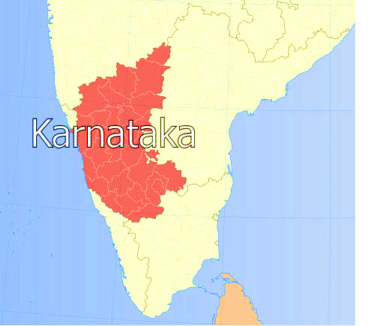
(Bildquelle: PlaneMad/Wikipedia. -- CC-by-sa)

(Bildquelle: PlaneMad/Wikipedia. -- CC-by-sa)
Zitierweise / cite as:
Hodson, Thomas: An elementary grammar of the Kannada, or Canarese language. --29. Syntax of the Imperative Mood (§§ 247 - 252). -- Fassung vom 2011-08-26. -- URL: http://www.payer.de/hodson/hodson29.htm
First published as: Hodson, Thomas: An elementary grammar of the Kannada, or Canarese language ; in which every word used in the examples is translated, and the pronunciation is given in English characters. -- 2. ed. -- Bangalore : Wesleyan Mission Press, 1864. -- 128 p. ; 23 cm.
First time published here: 2011-08-26
Revisions:
©opyright: Public domain
This text is part of the section Sanskrit und Indien of Tüpfli's Global Village Library
If you don't get the diacritics displayed, install a Unicode font like Tahoma.
248. Verbal nouns in ಉವದು uvadu, or ಓಣ ōṇa, are often used imperatively; as,
249. Occasionally the future tense of the Affirmative mood is used for the imperative; as,
250. The negative imperative is formed by adding ಬೇಡ bēḍa, to the infinitive; as,
251. In commanding inferiors, the particles ಓ ō (masculine) and ಏ ē (feminine) are sometimes added to the 2. pers. sing. imperative; as,
252. Except in the 2nd person singular and plural, all the forms of the imperative are the same.
To 30. Syntax of the Negation (§§ 253 -260)